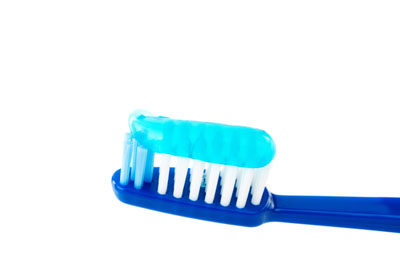 We often place fillings after a dental check-up multiple times in one day. While people understand the reason for having a dental filling, it is also one of the least liked procedures that we perform. A dental filling is the most common form of treatment for cavities, which form from the acid secretions of bacteria gradually eating away at the enamel of one’s teeth. Eventually, the bacteria leads to forming a hole or a cavity. Bacteria, which naturally occur in the mouth, tend to colonize the teeth where they are visible as a thin film that is also known as plaque. After exposure to sugar and starch-rich foods, bacteria secrete an acid which forms the cavities in teeth.
We often place fillings after a dental check-up multiple times in one day. While people understand the reason for having a dental filling, it is also one of the least liked procedures that we perform. A dental filling is the most common form of treatment for cavities, which form from the acid secretions of bacteria gradually eating away at the enamel of one’s teeth. Eventually, the bacteria leads to forming a hole or a cavity. Bacteria, which naturally occur in the mouth, tend to colonize the teeth where they are visible as a thin film that is also known as plaque. After exposure to sugar and starch-rich foods, bacteria secrete an acid which forms the cavities in teeth.
Few people are aware that the teeth actually make an effort to fight decay and cavities. Using the minerals that occur in saliva, calcium, and phosphate, along with water, and fluoride, the teeth attempt to slowly rebuild the damaged or destroyed enamel. Unfortunately, in most cases this is not enough to prevent the decay and need for a dental filling.
While dental fillings are often part of a dental check-up, here at the clinic, there is nothing stale about the technology. We are constantly working to improve the dental fillings we offer, and in tandem with dental scientists around the world are able to make strides in that direction. Few patients remember, but not that long ago patients did not have as many options when it came to dental fillings. While gold and silver fillings were more common in the past, they were obvious and did not appear normal. Knowing that naturally colored fillings make our patients far more comfortable, we offer composite dental fillings in our Visalia office. These can also be whatever shade you want.
Aesthetics aside, dental scientists are working diligently to make sure that we have the best tools at our disposal. One of the major challenges with dental fillings is the need to remove contaminated enamel, along with the regular decay that has set into the tooth. This involves shaving away some enamel with the drill. Scientists who are working with the University of Maryland Dental School, are trying to solve this with a unique approach. Using silver nanoparticles and ammonia, the scientists hope to kill the bacteria at the site. The silver and ammonia, both of which are a natural antibacterial, are included in the filling, and the adhesive used to place the filling.
The idea is that if the filling can kill all the bacteria, the body can start to respond normally and the tooth can start to repair all the damage done to the tooth by the bacteria in the first place. Allowing a tooth to heal naturally is the next iteration in dental fillings. We can discuss all of your options during your next dental checkup in our Visalia dental office.
Related Posts
Ways You Can Prevent a Dental Emergency
Preventing a dental emergency is important for avoiding unnecessary dental pain, time and expense. If one can avoid a dental emergency, it is necessary to take the steps to do so. Preventative care will make …
What to Expect When Getting Dental Braces
When you visit our Visalia office for dental braces you are coming in to get your teeth straightened. Most of the patients we treat have a condition known as malocclusion. For many this visit has …
A TMJ dentist Can Limit Your Discomfort
If you experience discomfort due to TMJ disorders, a TMJ dentist can limit your pain. Visit us for safe and effective treatment options that will alleviate some of the symptoms you are experiencing due to …
Dental Crowns to Repair Teeth With a Cosmetic Dentist
For a cosmetic dentist, there are few tools as widely used as dental crowns. When you consider the ultimate goal of cosmetic dentistry these days, there are two fundamental functions we seek to perform. This …

